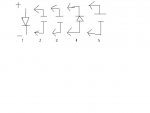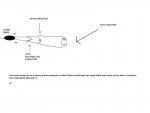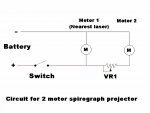S
SenKat
Guest
Let's discuss some circuits in this thread - we have circuit discussions in almost EVERY thread out there at present, and it is getting difficult to find all the relevant posts  I just figured maybe we can start new threads with the relevant info, and then pop them up as stickies for future use ! It iwll cut down on redundant questions, and make the info a LOT easier to find
I just figured maybe we can start new threads with the relevant info, and then pop them up as stickies for future use ! It iwll cut down on redundant questions, and make the info a LOT easier to find 
So - even though threads may already exist with the info in them - the author/inventor of each circuit - whether they be store bought (roitner, etc) or Daedal's now famous circuits, or the equally impressive, and none the less famous scanner parts lists, and circuits - let's get them organized so we can ALL benefit from one central depository of the info
G !
So - even though threads may already exist with the info in them - the author/inventor of each circuit - whether they be store bought (roitner, etc) or Daedal's now famous circuits, or the equally impressive, and none the less famous scanner parts lists, and circuits - let's get them organized so we can ALL benefit from one central depository of the info
G !







